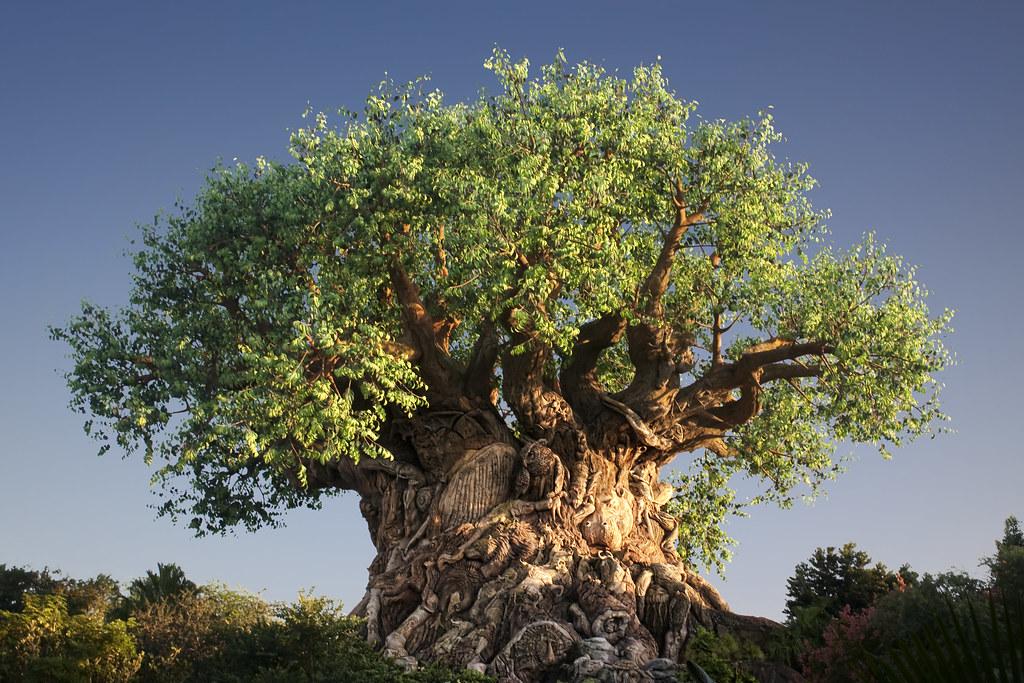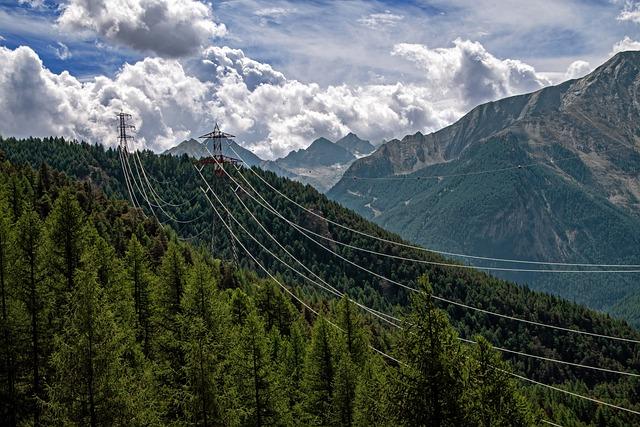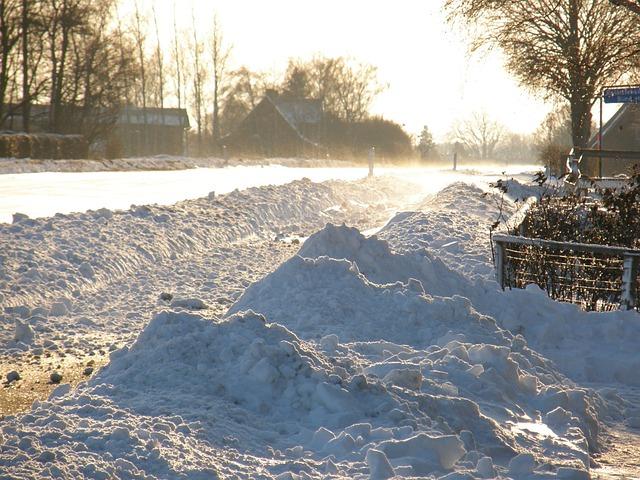Introduction:
Tree-related community projects play a crucial role in addressing environmental challenges, fostering sustainable practices, and enhancing the well-being of local communities. These initiatives focus on tree planting, restoration efforts, and conservation activities tailored to meet the specific needs of the communities they serve. By engaging local residents and stakeholders, these projects not only contribute to environmental sustainability but also promote social cohesion and economic development.
In recent research, studies have shown that tailoring tree-planting projects to meet the needs of local communities can be a powerful tool in promoting sustainable farming practices and combating issues such as desertification and water scarcity [[1]]. Furthermore, community-based tree-planting projects have been found to have significant relevance in addressing challenges like habitat restoration, conservation of green spaces in cities, and providing recreational opportunities for residents [[3]].
Through collaboration and active participation, tree-related community projects have the potential to create lasting positive impacts on both the environment and the socio-economic well-being of communities. This article explores the importance of these projects, their benefits, and provides guidance for successful implementation based on research and best practices.
Table of Contents
- Benefits of Tree-Related Community Projects
- Types of Tree-Related Community Projects
- Importance of Community Involvement in Tree-Related Projects
- How to Start a Tree-Related Community Project
- Successful Examples of Tree-Related Community Projects
- Future Trends in Tree-Related Community Projects
- Q&A
- Conclusion
Benefits of Tree-Related Community Projects
Tree-related community projects offer a myriad of benefits that positively impact both the environment and the residents living in these areas. Increased property values are a significant advantage of such projects, providing financial benefits to homeowners and boosting local economies[1]. These projects also contribute to improved air and water quality, aiding in the preservation of the natural environment and the health of the community[2].
Furthermore, community tree initiatives lead to reduced erosion and play a crucial role in urban heat island reduction, creating a more sustainable and comfortable living environment for all[2]. The presence of trees in community spaces enhances the overall aesthetic appeal, providing residents with recreational opportunities and a peaceful atmosphere to enjoy[3].
Types of Tree-Related Community Projects
MillionTrees Project: The MillionTrees Project aims to grow and plant over one million trees, focusing on re-establishing native, nut-bearing hardwood trees along waterways and within communities. This project not only provides shelter but also a viable food source for various wildlife [1].
Get Involved with Trees: Arboriculture and related fields offer numerous opportunities to make a difference in tree-related community projects. Whether it’s in arboriculture, forestry, urban forestry, or horticulture, there are ways for individuals to actively participate and contribute to the enhancement of green spaces [2].
Alternative Arbor Day Celebration and Service Learning: An alternative approach to Arbor Day celebrations can involve activities like sponsoring a community Arbor Day art contest for youth or engaging college graphic design students in a poster design challenge. Hosting a tree ID challenge social can also promote awareness and interest in tree-related projects within the community [3].
Importance of Community Involvement in Tree-Related Projects
Community involvement in tree-related projects plays a vital role in fostering a sense of unity and togetherness among residents. By coming together to plant and care for trees, communities can build a stronger bond that transcends individual interests, leading to a more cohesive and connected neighborhood.
Moreover, engaging in tree-related projects educates community members about the numerous benefits of trees, including their positive impact on the environment and overall well-being. Through hands-on involvement in planting and nurturing trees, individuals gain a greater appreciation for nature and the importance of preserving green spaces in urban areas.
- Builds Community Spirit: Tree-related projects bring residents together, fostering unity and a sense of belonging.
- Educates About Benefits: Involvement in tree planting activities educates communities about the positive impact of trees on the environment and human health.
- Strengthens Environmental Awareness: Participating in these projects heightens awareness about the importance of preserving and expanding green spaces within neighborhoods.
How to Start a Tree-Related Community Project
Creating a tree-related community project is a fantastic way to make a positive impact on the environment and bring people together for a common cause. Whether you’re passionate about conservation, beautification, or education, there are various ways to start a project that focuses on trees and their benefits to the community.
Here are some steps to help you kickstart your tree-related community project:
- Educate and Raise Awareness: Start by educating your community about the importance of trees in the environment. Host workshops, seminars, or informational sessions to raise awareness about the benefits of trees and the impact of deforestation.
- Collaborate with Local Organizations: Partner with local nonprofits, environmental groups, or government agencies to get support and resources for your project. Work together to identify areas in need of tree planting or maintenance.
- Organize Tree Planting Events: Plan tree planting activities in public spaces, parks, schools, or residential areas. Get volunteers involved and make it a fun and interactive experience for everyone to participate in enhancing their surroundings.
| Project Ideas | Description |
|---|---|
| Beach Clean-Up | Organize a clean-up day at a local beach to promote environmental cleanliness and raise awareness about the importance of preserving coastal ecosystems. |
| Tree Planting Initiative | Start a tree planting campaign in your community to improve air quality, provide habitat for wildlife, and beautify public spaces. |
| River Restoration Project | Collaborate with local authorities to restore riverbank vegetation, prevent erosion, and enhance water quality for a sustainable ecosystem. |
Successful Examples of Tree-Related Community Projects
In recent years, several successful tree-related community projects have emerged, showcasing the positive impact of green initiatives on urban environments. These projects not only contribute to enhancing the visual appeal of cities but also play a crucial role in promoting environmental sustainability.
One notable example is the Green our City Strategic Action Plan 2017-2021 in Melbourne, which focuses on addressing barriers and implementing strategies to increase green spaces in the city. Through this initiative, the private sector is encouraged to participate in greening efforts, leading to a more vibrant and sustainable urban landscape [1].
Additionally, the Greening our City grant program in Greater Sydney aims to enhance the urban tree canopy and green cover in areas with limited green spaces. By supporting community-led projects to plant more trees and shrubs, this initiative contributes to creating healthier and greener neighborhoods [3].
These examples demonstrate the importance of community engagement and collaborative efforts in fostering sustainable urban development through tree-related initiatives. By investing in green projects, cities can create more livable environments for residents and promote a greener future for all.
Future Trends in Tree-Related Community Projects
As we look ahead to the , one prominent movement is the emphasis on immersing oneself in forests for better health. Research has indicated that spending just five minutes surrounded by trees can have quantifiable health benefits, both mental and physical [1]. This insight highlights the importance of incorporating nature into urban environments to promote overall well-being.
Another noteworthy trend is the investment in planting and maintaining trees to combat extreme heat and expand access to green spaces across the U.S. This billion-dollar initiative demonstrates the recognition of trees’ crucial role in enhancing the environment and public health [2]. Such projects not only offer shade and beauty but also contribute to mitigating climate change and improving air quality in urban areas.
Moreover, organizations like Trees for the Future are paving the way for sustainable practices by working with communities in Africa to end hunger, poverty, and foster environmental improvement through tree planting [3]. This model underscores the significance of community involvement in tree-related projects to achieve holistic benefits for both people and the planet.
Q&A
Q: What are some key considerations to keep in mind when supporting tree-planting projects?
A: When considering supporting tree-planting projects, it is important to ask a few key questions:
1. What do you hope to achieve by growing trees? Different projects may have varying goals, such as combating climate change, restoring habitat, or enhancing community green spaces.
2. Where is the best place to plant the trees? Location plays a crucial role in the success of tree planting, considering factors like soil quality, climate, and existing vegetation.
3. Which species of trees should be planted? Choosing the right tree species for the project’s objectives and the local ecosystem is essential for long-term success.
Q: How can individuals determine which tree-planting projects to support?
A: To determine which tree-planting projects to support, individuals should consider factors such as the project’s goals, transparency in funding usage, and the effectiveness of the organization running the project. Additionally, individuals can refer to resources like National Geographic’s list of tree-planting projects to evaluate their impact and effectiveness [1].
Q: What role do funders play in tree-related community projects?
A: Funders play a vital role in supporting and sustaining tree-related community projects. Before providing financial support, funders should ask critical questions such as the intended outcomes of the project, the feasibility of achieving those outcomes, and the long-term sustainability of the project. These considerations help ensure that funding is allocated effectively and contributes to the overall success of the tree-related community project [2].
Q: How can community members actively participate in tree-related community projects?
A: Community members can actively participate in tree-related community projects by volunteering their time for tree planting events, helping with tree care and maintenance activities, advocating for green spaces in their neighborhoods, and supporting local organizations working on tree-related initiatives. Engaging with these projects not only benefits the environment but also fosters community cohesion and a sense of ownership over shared green spaces [3].
Conclusion
In conclusion, tree-related community projects play a vital role in building resilient and sustainable communities. Trees not only provide shelter and collaboration lessons but also contribute significantly to saving mankind and the animal world[2]. Supporting initiatives that protect and preserve trees, such as the projects highlighted in this article, is essential in combating climate change and ensuring a healthier planet for future generations. As Margaret Mead famously said, “Never doubt that a small group of thoughtful, committed citizens can change the world; indeed, it’s the only thing that ever has.”[3] Let us all do our part in nurturing and advocating for tree-related community projects to create a better world for all.
Simpsons Tree Services, Servicing Melbourne’s North Eastern Suburbs
Book a quote online at www.simpsonstrees.com.au




